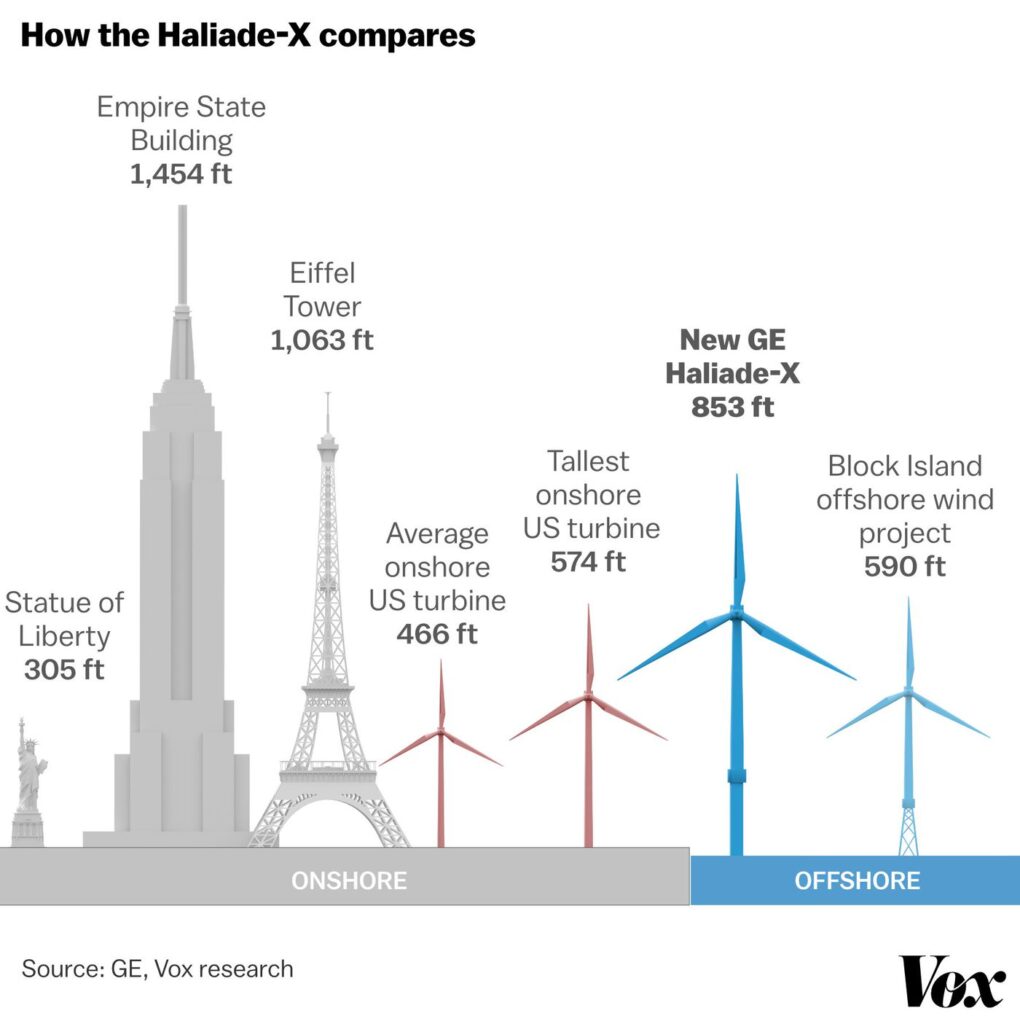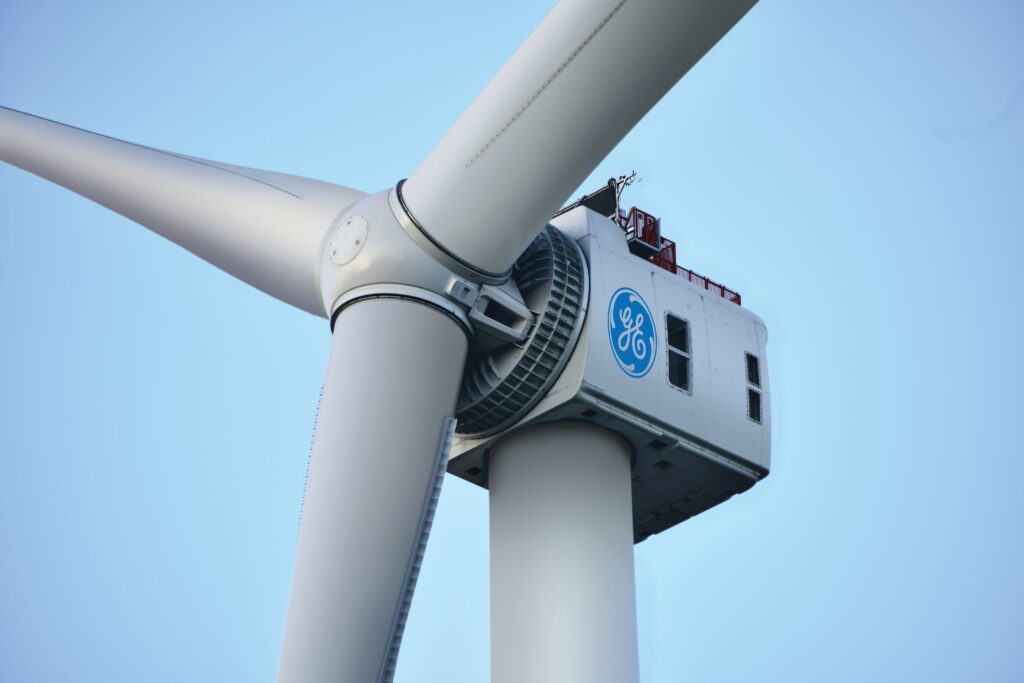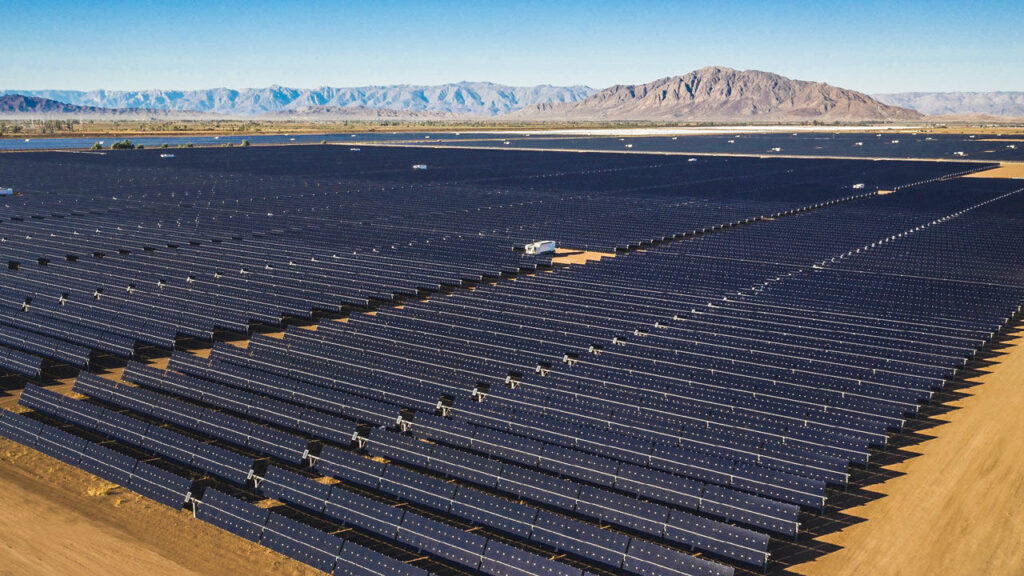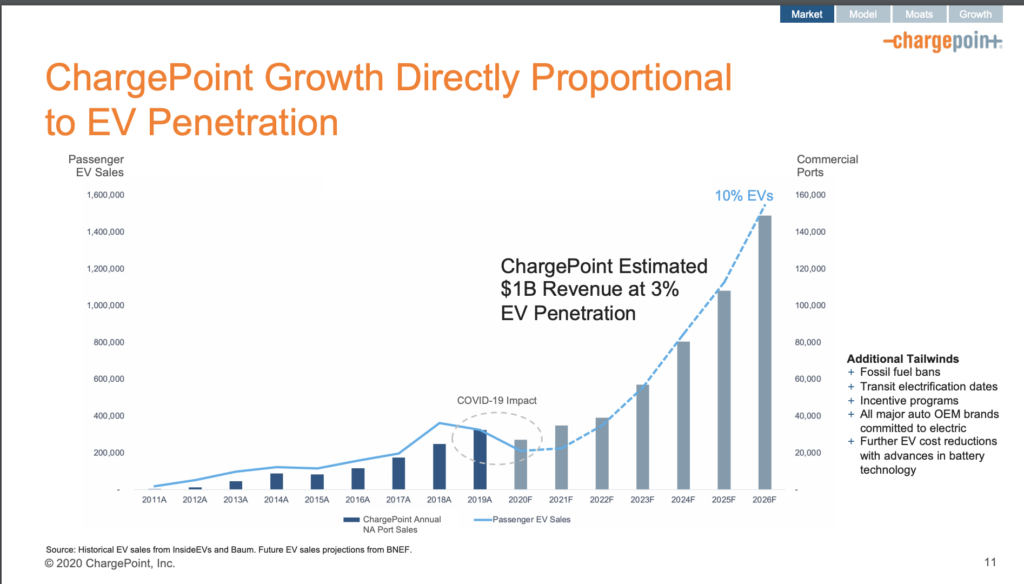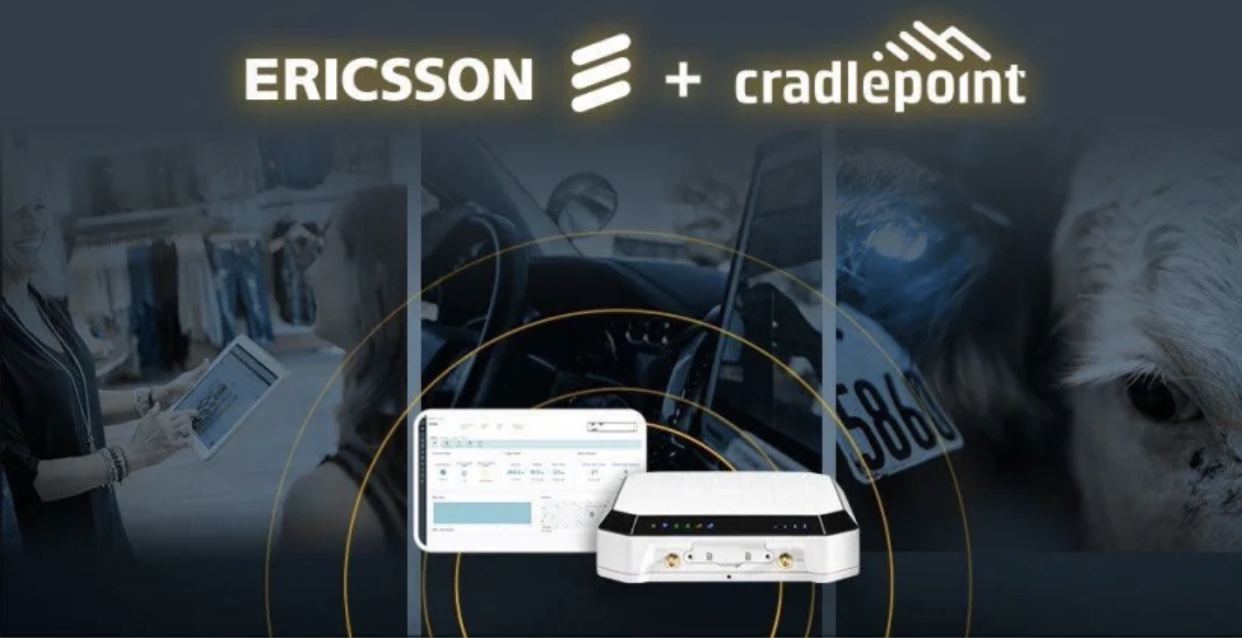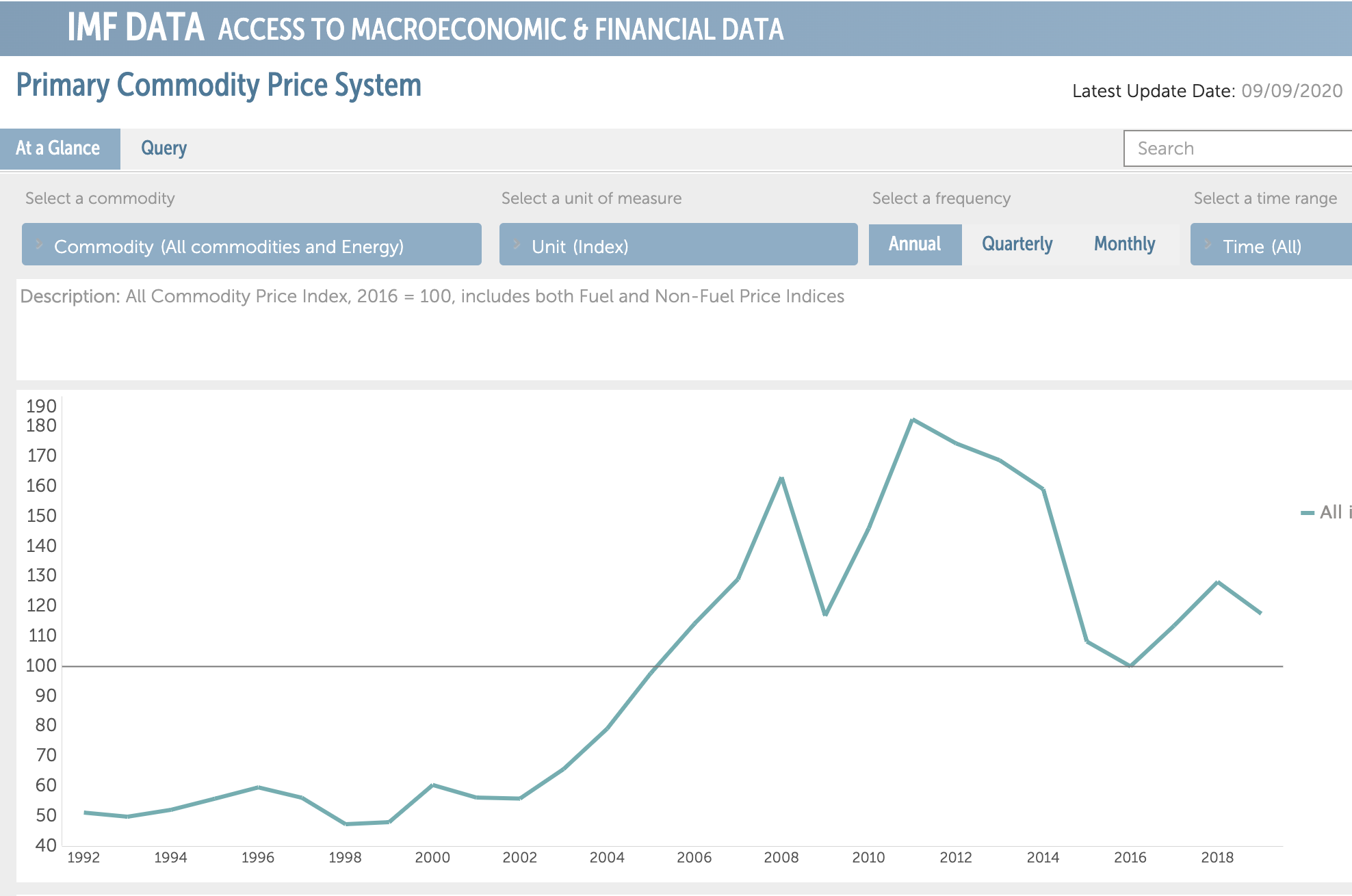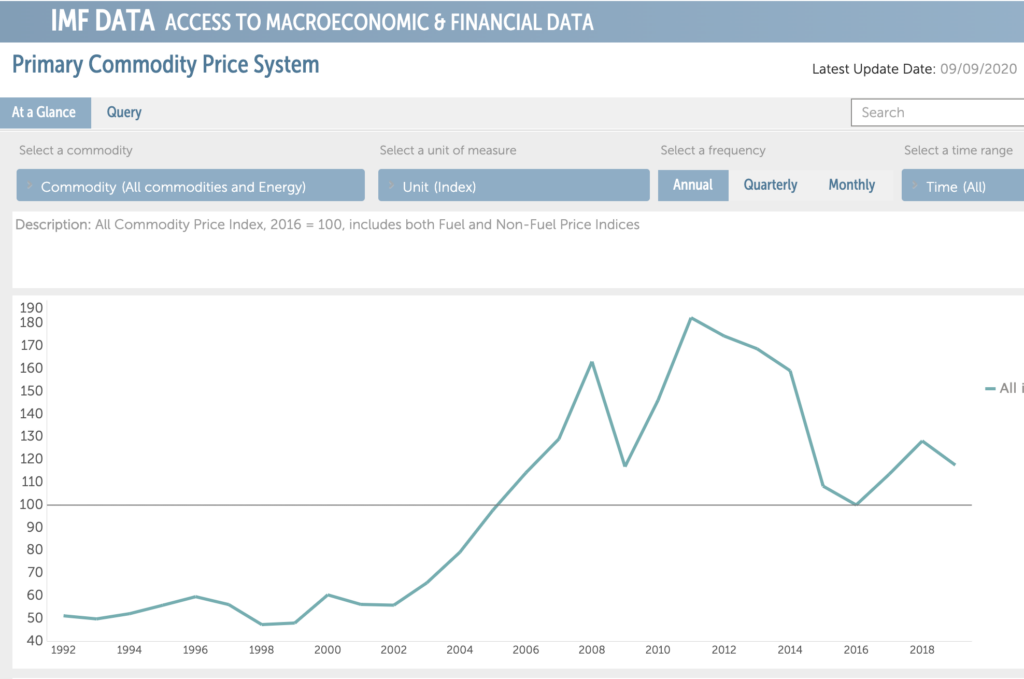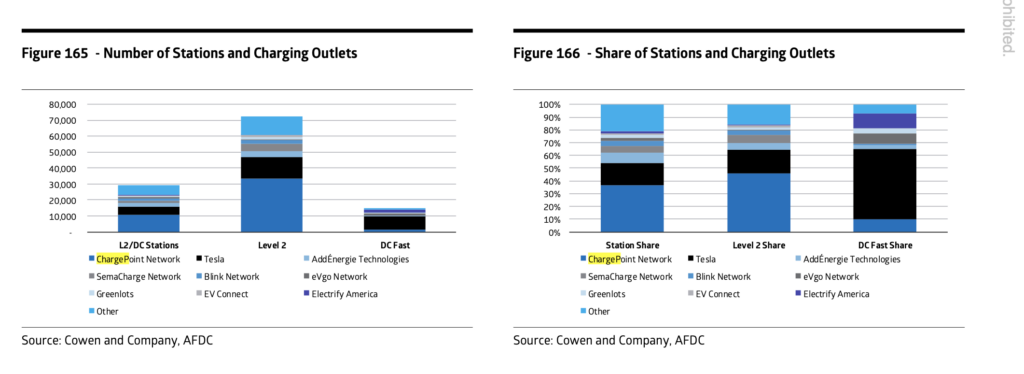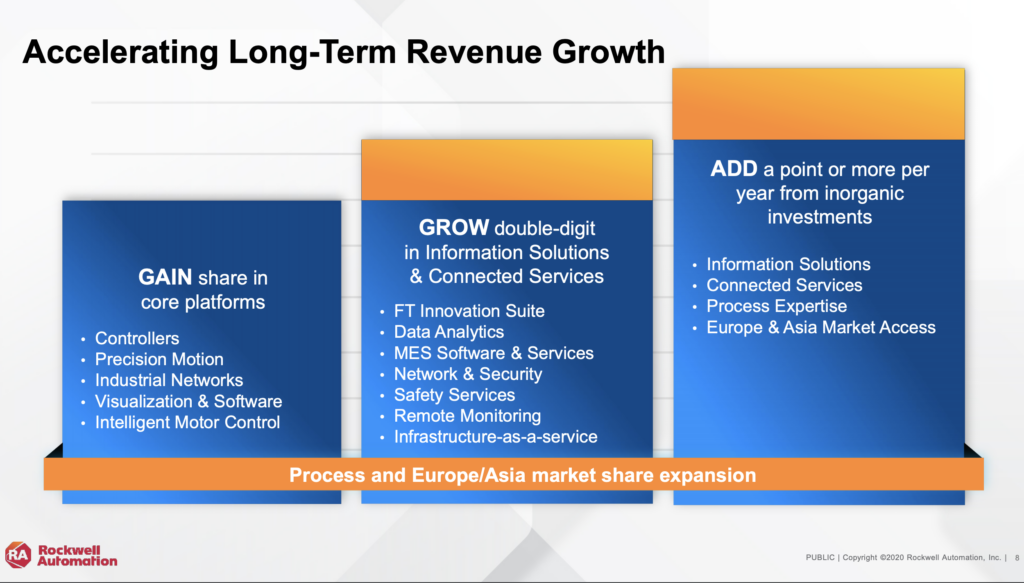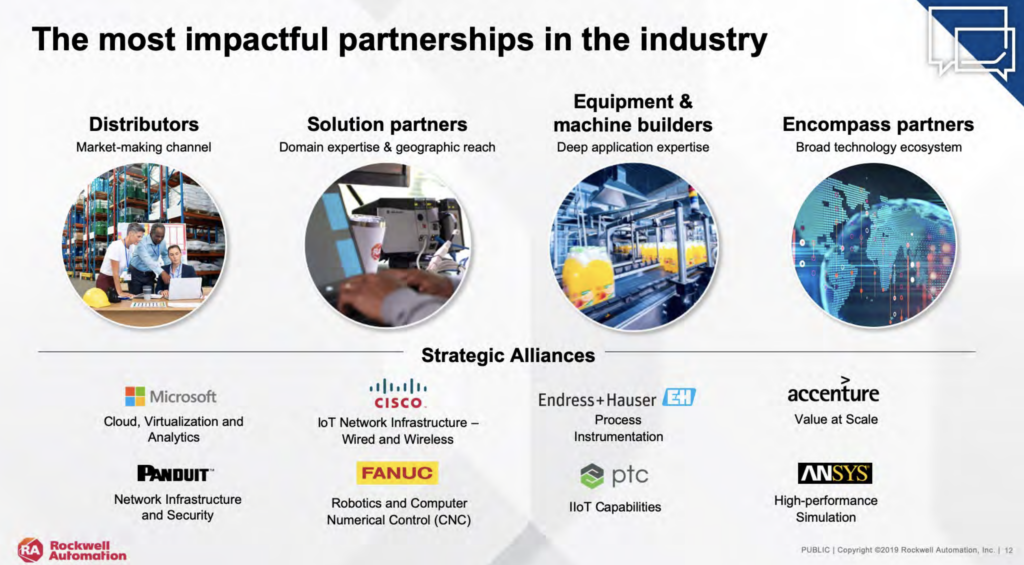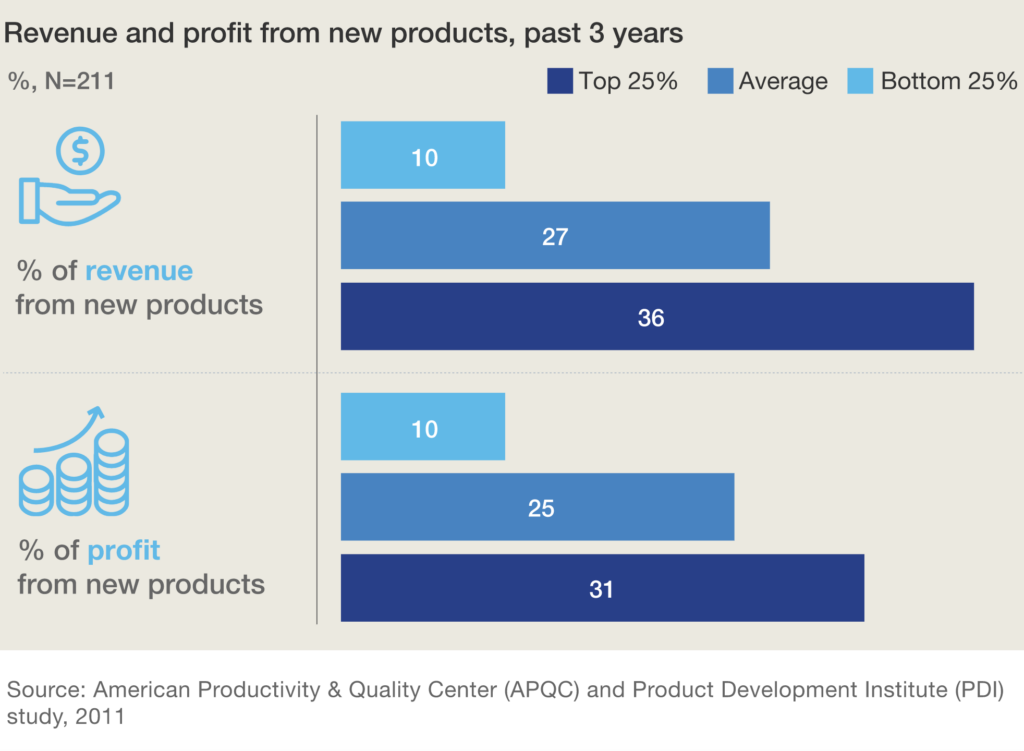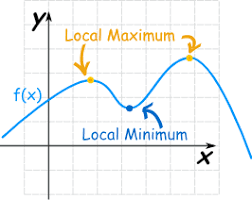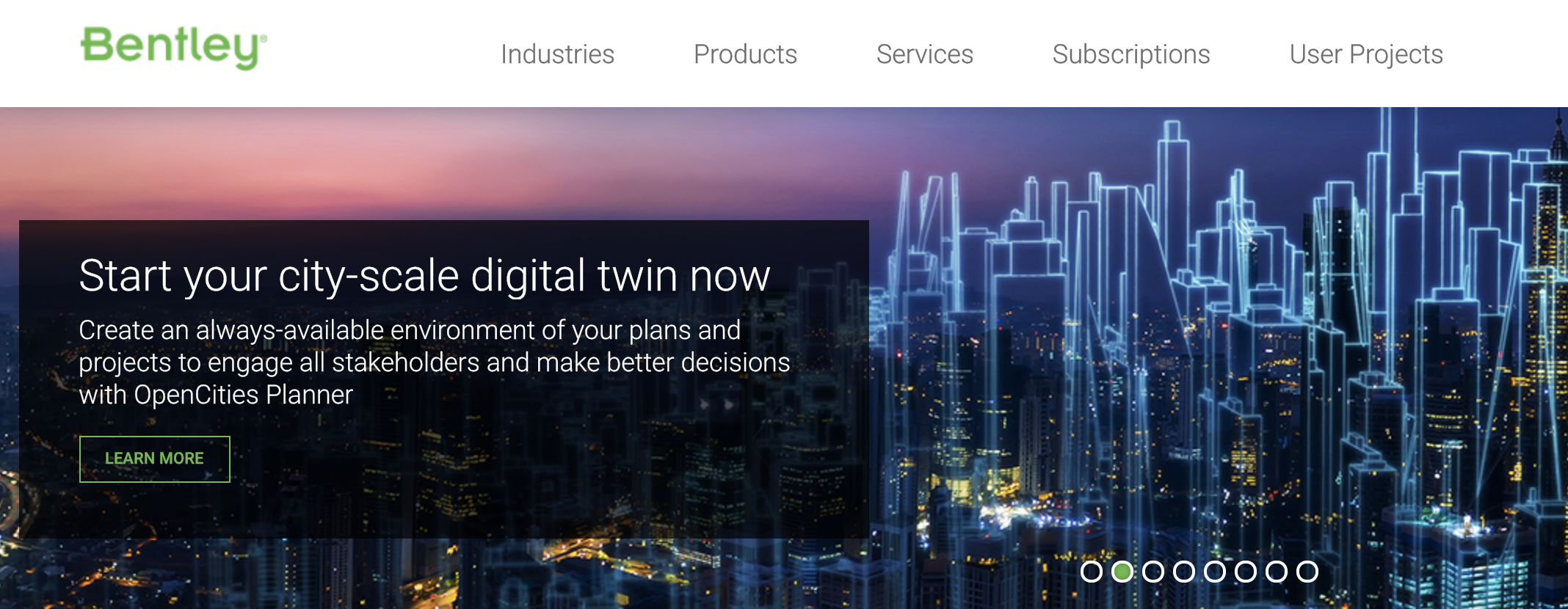
New Industrial Tech Exit: Bentley Systems IPO
Amidst the dozens of SPACs and high flying technology deals, an under the radar industrial software company went public last week and very few noticed. The company is Bentley Systems, is headquartered in Exton, Pennsylvania and as over 4,000 employees worldwide.
Bentley is a leading provider of software for infrastructure engineering, enabling the work of civil, structural, geotechnical, and plant practitioners, their project delivery enterprises and owner-operators. The company counts over 34,000 customers across 170 countries.
Why is this an industrial technology company? Bentley Systems’ software products provide project lifecycle, asset lifecycle and digital twin solutions, servicing the public works and utilities, industrial and commercial/facilities industries.
Like OSIsoft’s long path to the billion dollar exit, Bentley was founded in the 1980s and has had a slow & steady march ever since.
Company History
Bentley Systems was co-founded by the Bentley brothers in the early 1980s. Since then the company has acquired around 40 different industrial software solutions. At the core of the core are three products:
MicroStation: CAD software platform for design & drafting
ProjectWise: engineering project collaboration platform for AEC industries
AssetWise: asset lifecycle tracking for AEC, buildings
In the early 2000s, the company tried to go public, but scrapped the idea and instead took a minority investment from Siemens that totaled $76M.
IPO Process Part 2
Over the past two decades the company has continued to scale and now has a very sizable software business. Over the 12 months ending June 30th 2020, Bentley Systems generated $770M of revenue and earned a gross margin of just over 80%. The company grew about 11% year over year, and so the growth is lagging other, earlier stage industrial technology companies. BUT the company actually has operating cash flow with $174M of operating income, or 22%.
Based on margins and the sticky customer segments, Bentley had a very successful IPO and raised $237 million US at a $5.75 billion valuation. Unlike other IPOs these days, all proceeds were secondary, meaning no incremental cash went onto the company’s balance sheet. Instead, early and long-standing employees were able to monetize a portion of their equity position. In fact, Greg Bentley, founder of the firm, is still Chairman of the company.
My usual analysis here talks about the time from a Series A or multiple appreciation from the last round. However, the company had no traditional venture financing. And so, like OSIsoft, this sector shows that slow & steady can bring a great, public business. The company now trades at 7.5x TTM revenues. Not too shabby, and well-deserved.
The industrial technology M&A tracker that I co-developed with Ty Findley is now updated with this transaction. Link found here

